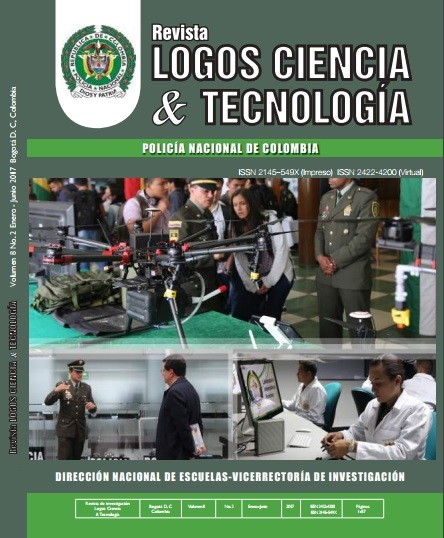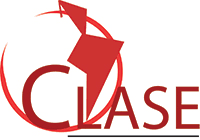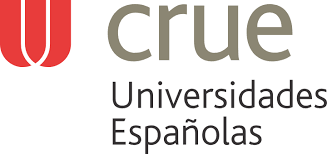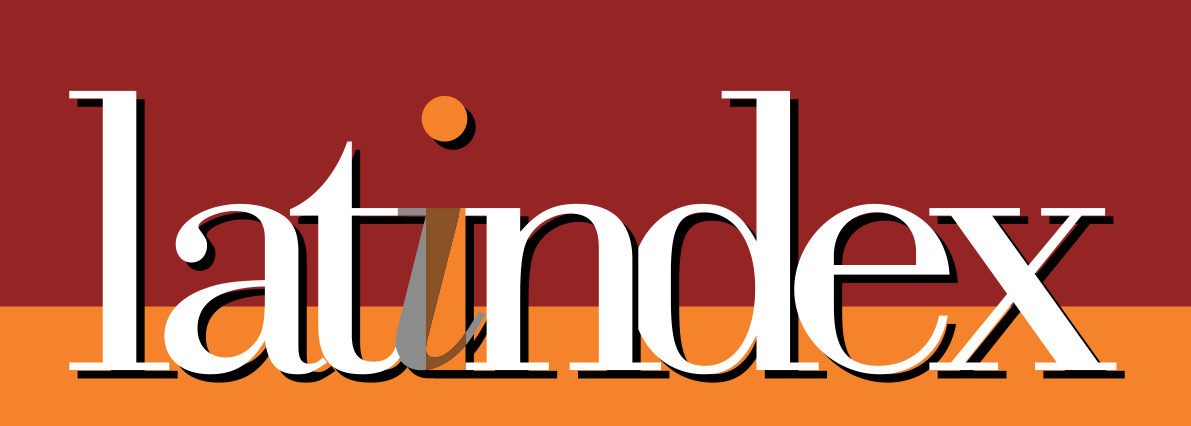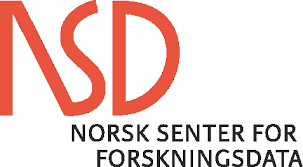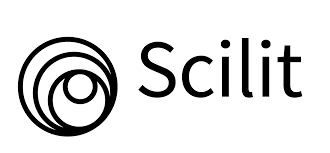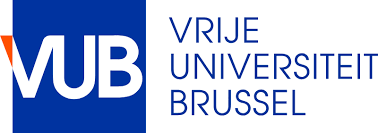Communication styles for coping with conflict in the marital coexistence
DOI:
https://doi.org/10.22335/rlct.v8i2.395Keywords:
Communicative styles, Marital conflict, coexistence, assertiveness, Aggressiveness, Submission, aggressiveness - passivity, intrafamily violenceAbstract
This research presents a study and analysis to determine the communication styles in the partners of the members of the institution in the Regional Police No. 4 and 8, for coping with marital conflicts. It is theoretically analyzed the prevalence of the communicative style from the dimensions: Assertive, Aggressive, Submissive and Passive Aggressive. Likewise, a comparative analysis of the communicative styles for the confrontation of the marital conflict between the two Regions is made, establishing differences between sociodemographic factors (age, sex) and their relation with the communicative styles used according to the time of coexistence of the couple. Finally recommendations are made for the prevention of intrafamily violence through the use of assertive communication.
Downloads
References
Castillo S., M. (2004). Formulación de proyectos de investigación. Bogotá: Magisterio.
Carrasco, M. J. (2013). Evaluación de los estilos comunicativos en la pareja. Madrid: TEA Ediciones.
Jiménez Rodríguez, N. (2011). Femicidio/Feminicidio: Una Salida Emergente de las Mujeres Frente a la Violencia Ejercida en Contra de Ellas. Revista Logos Ciencia & Tecnología, 3(1), 127-148. doi:http://dx.doi.org/10.22335/rlct.v3i1.132
Lariguet, G. (2007). The defiance of billy dudd. moral dilemmas and institutional dimension of law. Critica-Revista Hispanoamericana De Filosofia, 39(116), 51-78.
Martínez Lozano, J., Guzmán Gutiérrez., W., & Vergel Ortega, M. (2016). Prácticas pedagógicas para la paz, realidades de la implementación en el enfoque por competencias. Revista Logos Ciencia & Tecnología, 8(1), 33-44. doi:http://dx.doi.org/10.22335/rlct.v8i1.365
Musitu Ochoa, G. (2006). Conflicto marital, apoyo parental y ajuste escolar en adolescentes. Anuario de Psicología - Universitat de Barcelona.
Parra Cabrera, H., & Jiménez Bautista. Universidad de Granada, España, F. (2016). Estilos de resolución de conflictos en estudiantes universitarios. Revista Logos Ciencia & Tecnología, 8(1), 3-10. doi:http://dx.doi.org/10.22335/rlct.v8i1.275
Quiñones Rodríguez, M. C. (2012). Violencia intrafamiliar desde un enfoque de género. Bogotá: ECOE
Ramírez González, A. (2006). Metodología de la investigación científica. Bogotá: Pontificia Universidad Javeriana.
Ramírez Suárez, N. (2010). Guía práctica para la elaboración y presentación de proyectos de investigación. Bogotá: Policía Nacional - Dirección Nacional de escuelas.
Sierra Fajardo, R. (2007). Impacto Social de La Violencia Intrafamiliar. Bogotá: Forensis.
Polaino Lorante, A. y Martínez Cano, P. (2002). La Comunicación en la Pareja, Errores psicológicos más frecuentes. Madrid, Ediciones Rialp.
Polaino Lorante, A. (2003). Cómo mejorar la comunicación conyugal. Instituto de Ciencias para la Familia. Navarra: Ediciones Rialp.
Vergel Ortega, M., Martínez Lozano, J., & Zafra Tristancho, (2015). APPS en el rendimiento académico y autoconcepto de estudiantes de ingeniería. Revista Logos Ciencia & Tecnología, 6(2), 198-208. doi:http://dx.doi.org/10.22335/rlct.v6i2.21
Villalobos Antúnez, J. V. (2015). Tecnociencia, derecho y sociedad: Pilares de una modernidad inacabada. Opcion, 31(76), 5-12.
Villegas, M. G. (2012). Constitutionalism aspirational: Law, democracy and social change in latin america. Analisis Politico, 25(75), 89-110.
Weiss, R. L; Heyman, R.E. (1990). Observation of Marital Interaction. The Pshycology of Marrieg: Basic issues and applications. New York: Guilford Press.
Downloads
Published
Issue
Section
License
This journal provides free and immediate access to its content (https://creativecommons.org/licenses/by/4.0/legalcode#languages), under the principle that making research available to the public free of charge supports greater global knowledge exchange. This means that the authors transfer the Copyrights to the journal, so that the material can be copied and distributed by any means, as long as the authors’ recognition is maintained, and the articles are not commercially used or modified in any way.
